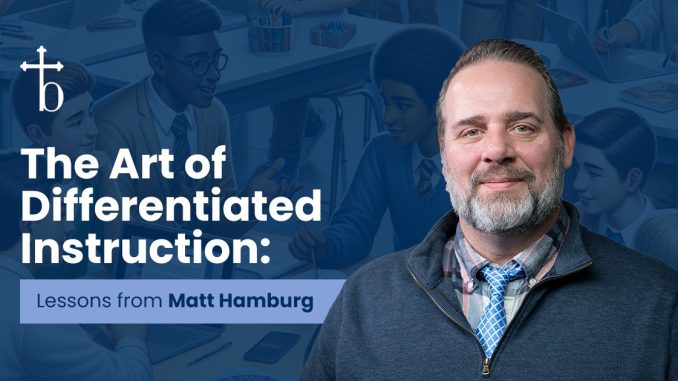
Differentiated instruction is often discussed in educational circles, but its relevance extends far beyond the classroom. In business environments, where training, development, and leadership hinge on the ability to engage diverse learners, mastering the art of differentiation becomes a strategic imperative. At its heart, differentiated instruction is about recognizing that people learn in different ways, at different paces, and with different motivations. It’s not about creating entirely separate tracks for each individual, but rather about designing learning experiences that are flexible, responsive, and inclusive.
The challenge in any learning environment—whether academic or corporate—is that a one-size-fits-all approach rarely fits anyone well. Imagine a team of professionals attending a workshop on data analytics. Some may be seasoned analysts looking to refine their skills, while others are encountering the concepts for the first time. Delivering the same content in the same way to both groups risks alienating one and overwhelming the other. Differentiated instruction addresses this by offering multiple entry points into the material, allowing learners to engage in ways that align with their current level of understanding and preferred learning style. This doesn’t mean diluting the content; it means amplifying its accessibility.
Effective differentiation begins with knowing your learners. In business settings, this often involves gathering insights through assessments, interviews, or performance data. A manager preparing a training session might review past project outcomes to identify skill gaps, or conduct informal conversations to understand team members’ goals. These insights inform how the instruction is structured—whether it leans more heavily on hands-on practice, visual aids, collaborative problem-solving, or independent research. The goal is to create a learning experience that feels personalized without being isolating, where each participant feels both challenged and supported.
One of the most powerful tools in differentiated instruction is choice. When learners are given options in how they engage with content, they’re more likely to take ownership of their learning. In a corporate leadership program, for example, participants might choose between analyzing a case study, role-playing a scenario, or designing a strategic plan. Each path leads to the same learning objective, but the journey is tailored to the learner’s strengths and interests. This autonomy fosters deeper engagement and encourages learners to stretch themselves in meaningful ways.
Differentiation also requires a shift in how success is measured. Traditional models often rely on uniform assessments, but differentiated instruction embraces a more nuanced view. In business, this might mean evaluating a learner’s growth over time, their ability to apply concepts in real-world settings, or their contribution to team outcomes. A sales associate who improves their client communication through targeted coaching may not ace a written test on negotiation theory, but their performance in the field tells a compelling story. Recognizing and valuing these diverse indicators of success reinforces the idea that learning is multifaceted and dynamic.
Technology has opened new doors for differentiated instruction, especially in professional development. Digital platforms can offer adaptive learning paths, real-time feedback, and curated resources that align with individual needs. For instance, an employee using a learning management system might receive customized recommendations based on their progress and preferences. These tools can enhance differentiation, but they must be used thoughtfully. Technology should support human connection, not replace it. The most effective learning environments still rely on skilled facilitators who can interpret data, respond to learners’ cues, and adjust instruction in the moment.
The art of differentiation also lies in creating a culture where diversity in learning is not just accepted but celebrated. In business, this means fostering environments where employees feel safe to ask questions, express confusion, and explore new ideas. It means leaders modeling vulnerability and curiosity, showing that learning is a lifelong process. When differentiation is embedded in the culture, it becomes less about instructional tactics and more about a shared mindset. Teams become more agile, more innovative, and more resilient because they’re built on a foundation of inclusive learning.
Of course, differentiation is not without its challenges. It demands time, creativity, and a willingness to experiment. Facilitators must balance structure with flexibility, and learners must be willing to engage actively. But the payoff is significant. Differentiated instruction leads to deeper understanding, greater retention, and more meaningful application. In business, where the pace of change is relentless and the demand for new skills is constant, these outcomes are not just desirable—they’re essential.
Ultimately, differentiated instruction is an art because it requires intuition, empathy, and finesse. It’s about seeing the learner not as a passive recipient of information, but as a dynamic partner in the learning process. It’s about crafting experiences that honor individuality while building collective capacity. And in the world of business, where success often hinges on the ability to learn and adapt, it’s one of the most powerful tools a leader can wield.